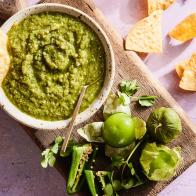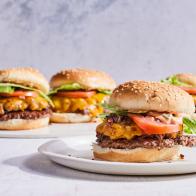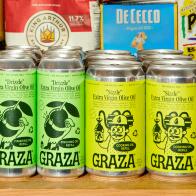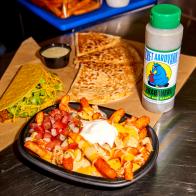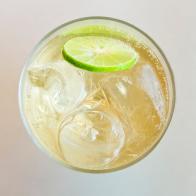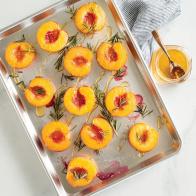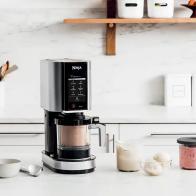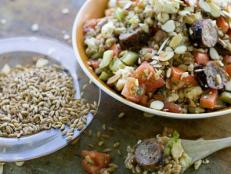Fresh Fennel — Off the Beaten Aisle
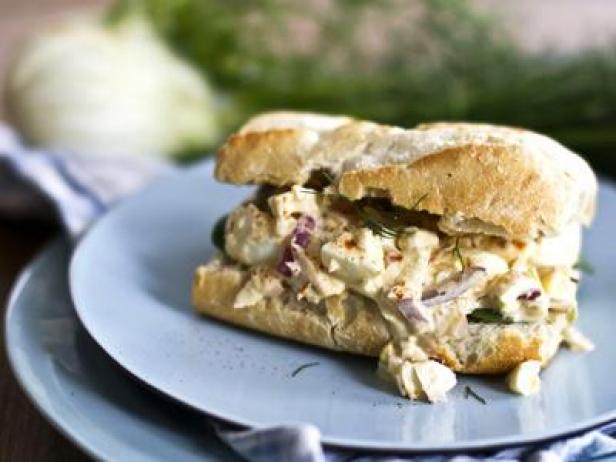
If ever there was a vegetable dogged by misunderstanding, fresh fennel is it.
Because while it may taste like anise and look like a bulb, it’s neither. And don’t let the grocery workers who love to label it that way tell you otherwise.
Fennel may taste like anise, and is a relative of it, but they are separate plants. And while the base of fennel is bulbous, that’s a shape, not its plant variety.
So now that we’ve cleared up what fennel isn’t, let’s focus on what it is.
Fresh fennel resembles a cross between cabbage, celery and dill. The taste is assertively (though not unpleasantly) licorice and sweet. The base of the fennel is round with tightly overlapping pale-green leaves. Sprouting out of that are long celery stalks topped with fine frilly leaves.
Technically speaking, all parts of the plant are edible, but most people will find the stalks too tough and fibrous to eat. The leaves can be chopped and used to flavor salads, dressings, marinades and sauces. They tend to have a slightly more citrusy flavor than the base.
The base (or bulb) is delicious raw or cooked. The thick bottom and outer leaves usually are trimmed off, then the rest can be sliced or chopped.
Fennel is particularly popular in the cuisines of the Mediterranean, particularly Italy, where it has been grown since the 17th century.
• Because of its assertive flavor, fennel likes to be paired with something fatty. Try it raw in a salad with avocado and tomatoes and a lemon vinaigrette.
• The sweetness of fennel increases as it cooks. Try it braised in heavy cream with garlic and thinly sliced yellow onions and potatoes.
• Carefully cut the bulb into whole leaves, then serve topped with prosciutto or smoked salmon, cracked black pepper and a dollop of crème fraiche.
• Quarter several fennel bulbs, then toss with white wine, olive oil and minced garlic. Cover and roast until tender. Sprinkle with Parmesan before serving.
• Combine chopped fennel leaves with lemon juice, olive oil, salt and pepper for a vinaigrette or marinade for chicken.
To hard-boil eggs, place them in a medium saucepan and add enough cold water to cover by 1 inch. Bring to a simmer, then reduce heat to maintain a bare simmer, cover and cook for 14 minutes.
In a medium bowl, whisk together the mayonnaise, mustard, hot sauce and lemon zest. Taste, then season with salt and pepper.
Mix in the red onion and fennel. Coarsely chop the eggs, then gently stir them in. The eggs should be thoroughly mixed, but not mashed.
Arrange a bed of greens over 3 slices of the bread, then divide the egg salad between them. Sprinkle each with smoked paprika before topping with the second slice of bread.
J.M. Hirsch is the national food editor for The Associated Press. He is the author of the recent cookbook High Flavor, Low Labor: Reinventing Weeknight Cooking . He also blogs at jmhirsch.


